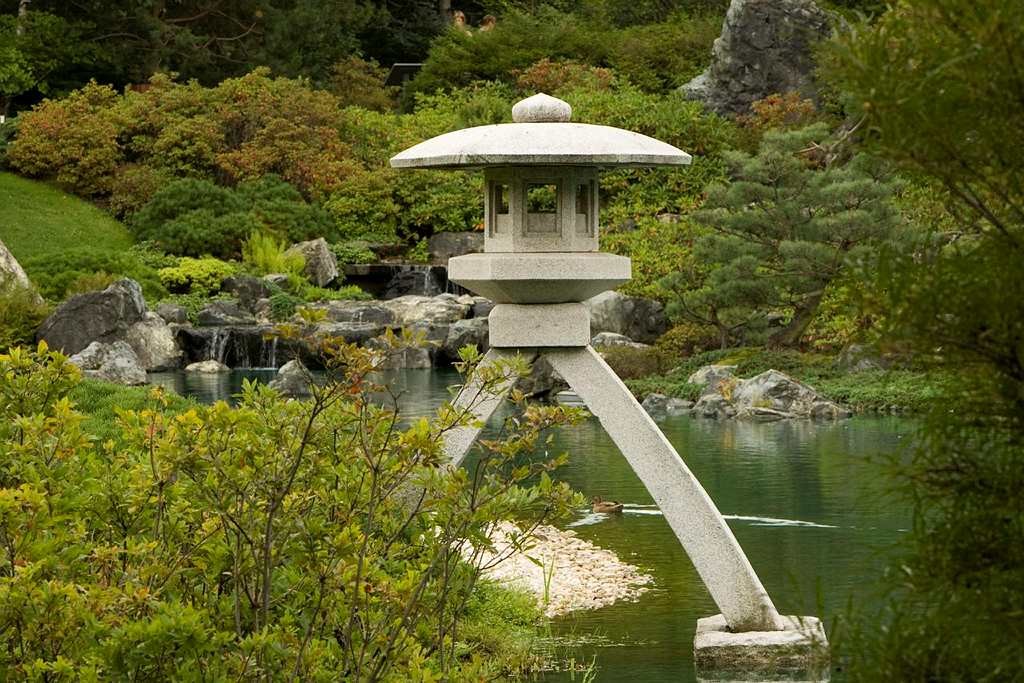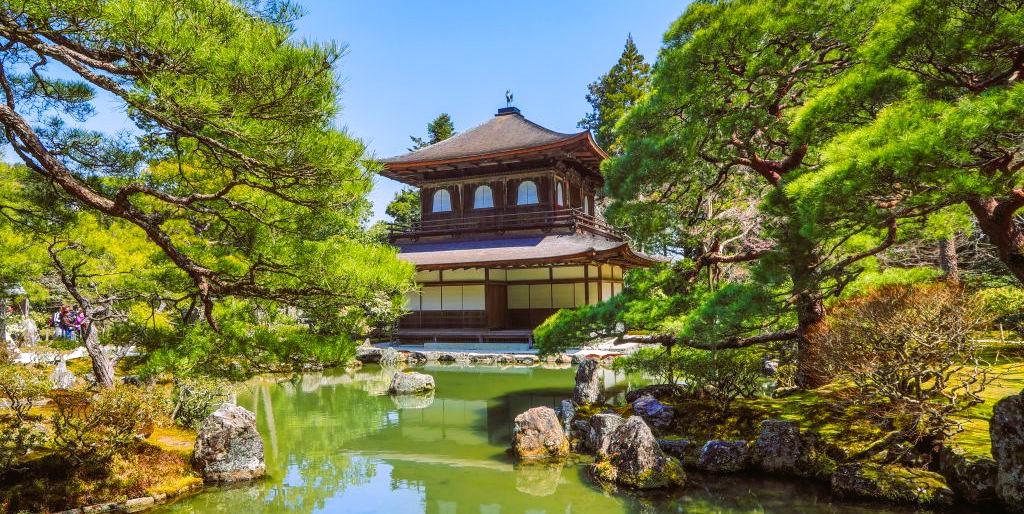Japanese gardens are revered worldwide for their tranquility, balance, and meticulous design. Rooted in ancient philosophies and aesthetics, Japanese garden design goes beyond mere landscaping – it is an art form that seeks to create harmonious spaces that connect with nature and evoke a sense of peace and serenity. In this article, we delve into the principles of Japanese garden design, exploring its history, key elements, and how you can bring the Zen spirit into your own home.
History of Japanese Garden Design
Japanese garden design has a rich history dating back to the Asuka period (538-710 AD), where gardens were influenced by Chinese landscape aesthetics. However, it was during the Heian period (794-1185 AD) that the distinctive features of Japanese gardens began to emerge. The creation of gardens became an integral part of aristocratic life, with a focus on blending natural elements with human-made structures.
Zen Buddhism, which arrived in Japan in the 12th century, played a pivotal role in shaping the philosophy behind Japanese garden design. The Zen influence emphasized simplicity, mindfulness, and a deep connection to the natural world. Over the centuries, different styles of Japanese gardens evolved, each with its own unique characteristics, from the contemplative dry rock gardens to the lush stroll gardens.
Key Elements of Japanese Garden Design
- Harmony (Wa): Central to Japanese garden design is the concept of harmony – a balance between natural and artificial elements. This harmony extends to the arrangement of plants, rocks, water features, and architectural elements, creating a seamless integration of the garden into its surroundings.
- Balance (Kyōyō): Achieving balance in Japanese gardens involves a careful consideration of visual and physical elements. The placement of rocks, trees, and water features is meticulously calculated to create a sense of equilibrium, fostering a serene and contemplative atmosphere.
- Simplicity (Kanso): Embracing simplicity is a hallmark of Japanese garden design. Gardens often feature minimalistic layouts, with a focus on essential elements. This simplicity encourages mindfulness and allows visitors to appreciate the beauty of each element without distraction.

- Symbolism (Yugen): Japanese gardens often incorporate symbolic elements, such as stones representing mountains or water features symbolizing purity. These symbolic elements add depth to the garden, inviting contemplation and reflection.
- Asymmetry (Fukinsei): Japanese gardens embrace asymmetry as a way of reflecting the impermanence and unpredictability of nature. An asymmetrical balance contributes to the organic and natural feel of the garden. The main trends in home lighting, read more at the link.
Bringing Zen into Your Home Garden
- Selecting Plants: Choose plants that thrive in your climate and resonate with Japanese garden aesthetics. Consider incorporating evergreen trees, moss, and bamboo for an authentic touch. Japanese maples with their vibrant foliage are also popular choices.
- Rock and Gravel Features: Introduce elements like rocks, gravel, or sand to create a dry landscape or rock garden. These elements are not only visually striking but also evoke a meditative quality.
- Water Features: If space allows, consider adding a water feature such as a small pond or a cascading waterfall. The sound of flowing water contributes to a calming atmosphere.
- Architectural Elements: Include traditional Japanese architectural elements like a wooden bridge, lanterns, or a tea house. These structures not only add visual interest but also enhance the cultural authenticity of the garden.
- Pathways and Bridges: Create winding pathways or bridges to guide visitors through the garden. These paths encourage exploration and offer different perspectives of the landscape.
Conclusion
Japanese garden design is a timeless art that invites individuals to connect with nature, find inner peace, and appreciate the beauty of simplicity. By incorporating the principles of harmony, balance, and simplicity, you can transform your outdoor space into a serene haven inspired by the Zen spirit of Japanese gardens.
For more in-depth information on Japanese garden design principles and standards, you can explore reputable sources such as Wikipedia. These sources provide valuable insights into the history and philosophy behind Japanese garden design, offering a deeper understanding of this art form.


